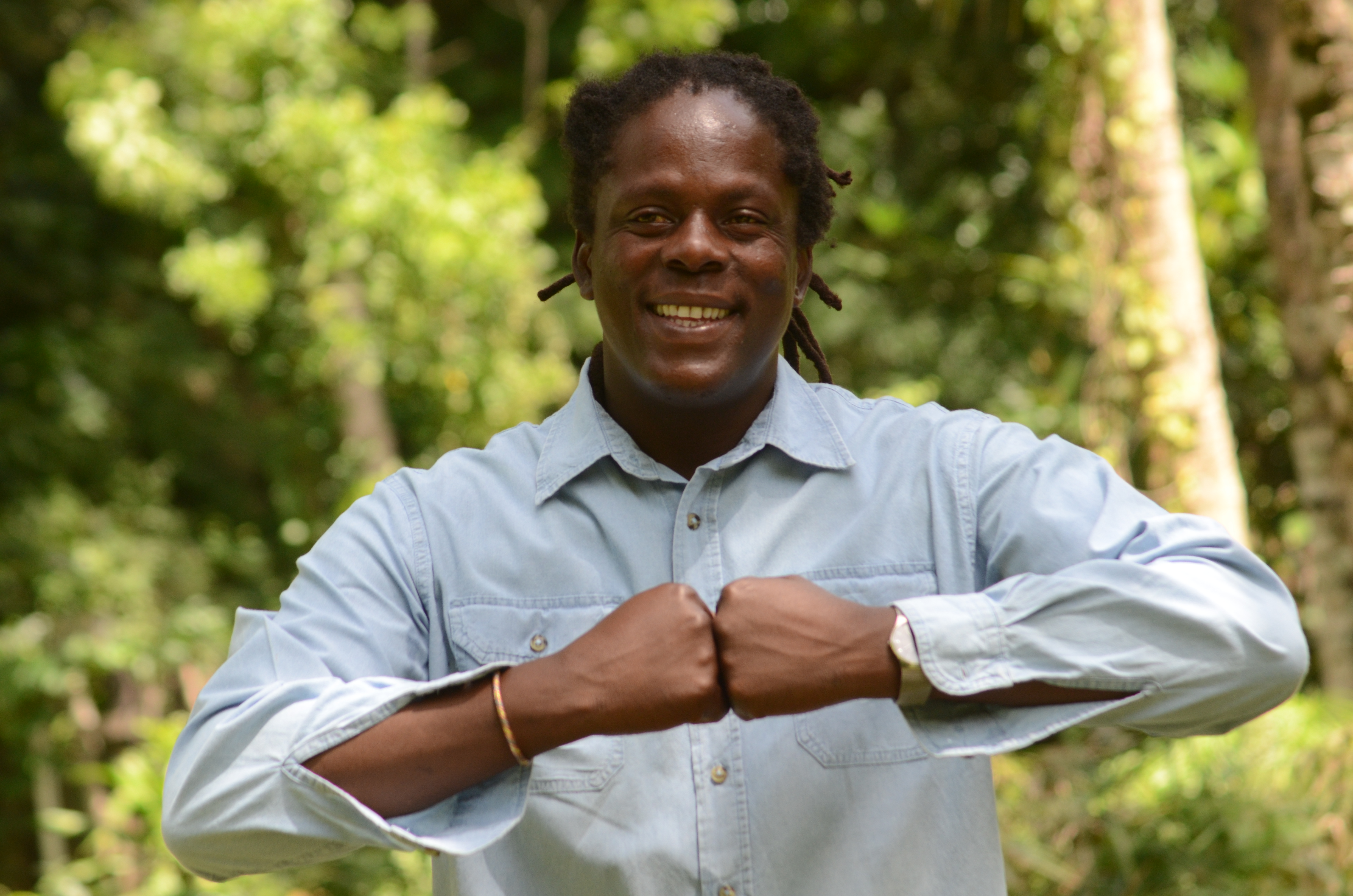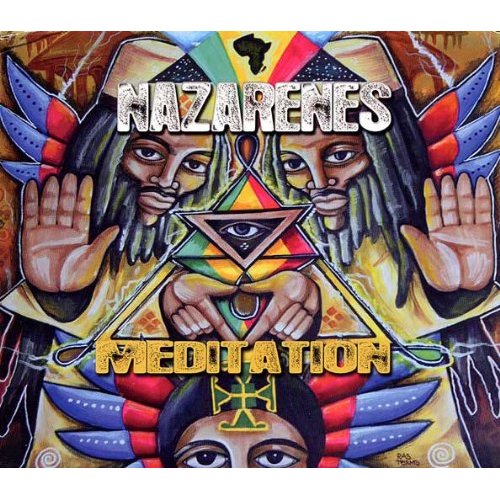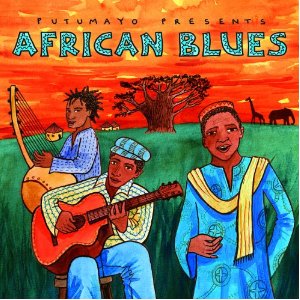Damion (not his real name), an 11-year-old boy of a Water Street address (Kingston, Jamaica) who attends a primary and junior high school in the area, said he witnessed his uncle being killed by men from a nearby road while he was coming from school one day.
“Mi see when mi uncle drop and di man stan ova him a fire wan long gun and mi uncle jump an kick out him foot. Mi pee pee up miself cause mi tink him did a go shoot up the whol a we [other children he was walking with],” the young boy recounts.
Damion said when he went home and told other family members what he saw, they immediately took him out of the area for fear that the gunman would come back for him as he was a witness to the murder. The boy told me that he wanted to become a police or soldier to kill his uncle’s murderer. He further revealed that he was transferred to another school, but the fear of the gunman seeing him and recognising his face still worries him a lot.
Damion is but one of the many children living in inner city communities prone to violence who have witnessed brutal acts such as shootings, rapes, stabbings, beatings and murders, and are so traumatized that they are growing up feeling numb when these incidents take place.
I spoke to several children in communities affected by violence and some of the responses they gave were heart-wrenching. Some were cold and calculating with little or no remorse for those they considered the enemy.
A group of youngsters playing football one Sunday evening on Bray Street had their game disrupted when a volley of shots were fired nearby. As the youngsters dashed off in different directions, one extremely upset boy said, “Mi tiad a di gunshot thing, mi want all di a di gunman dem fi dead off.”
A naive boy who couldn’t understand the reason for the war was expressing this. He was not from Bray Street, but an opposing section of the community, and had only gone to play with school friends on the enemy line.
In another section of the community, two boys who were playing got into a fight. They resorted to throwing stones at each other until one ran for a knife. An elderly man who was sitting nearby told them to stop the fighting, and one of the boys disrespectfully told the man a number of expletives. He went on to threaten the man, telling him that he would kill him just like how a certain man had killed another. The boy was cold as he frankly told the man that he would make his big brother ‘shoot him in the face.’
While there are those among us who think that young children are not psychologically affected by exposure to community violence because they are too young to understand or remember the violence, this is not so.
Children exposed to violence in the inner cities tend to be disorganised or have agitated behaviour. At times they also have nightmares that may even include ‘monster’ attacks. They may become withdrawn, fearful, or aggressive, and they may have difficulty paying attention. They may regress to earlier behaviour such as sucking their thumbs and bed-wetting, and they may develop separation anxiety. They may also engage in play that compulsively re-enacts the violence.
Other trauma-related reactions can include impaired self-esteem and body image, learning difficulties, and acting out risk-taking behaviour such as running away, drug or alcohol use, suicide attempts, and inappropriate sexual activities.
At school these children are more violent than others and they go around bullying and driving fear into other children. The way they carry out these bullying acts is typical of what they have seen adults do.
Some relationships among family members are also at times strained. Parents find themselves having to face the task of reassuring their child while trying to cope with their own fears, especially if there is a chronic risk of future community violence exposure.
While the authorities are trying to get a stranglehold on crime and violence, they need to set up programmes to deal with these children of the inner city who have seen, lived and experienced some of the most brutal and vicious crimes. The graphic pictures in their minds need to be replaced with different thinking, because, if left on their own, they may grow up to re-enact some of what they have seen.
Children will always be children no matter how aggressive they are. By speaking with some of those children, I found out that if adults had played their part in helping them through some of their violent experiences, we would not be seeing so many hardened teenage criminals responsible for some of the most heinous crimes in our society.






1 comment
Faith says:
Jun 27, 2017
How are teachers being made ready to face and positively impact these students in our classrooms across the nation…before another generation is lost?